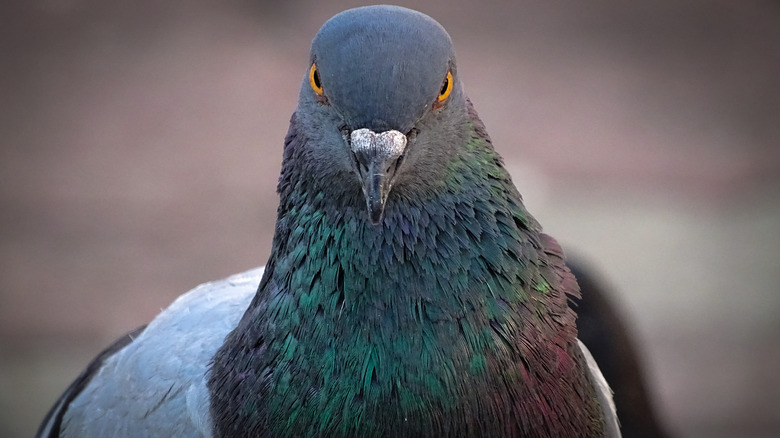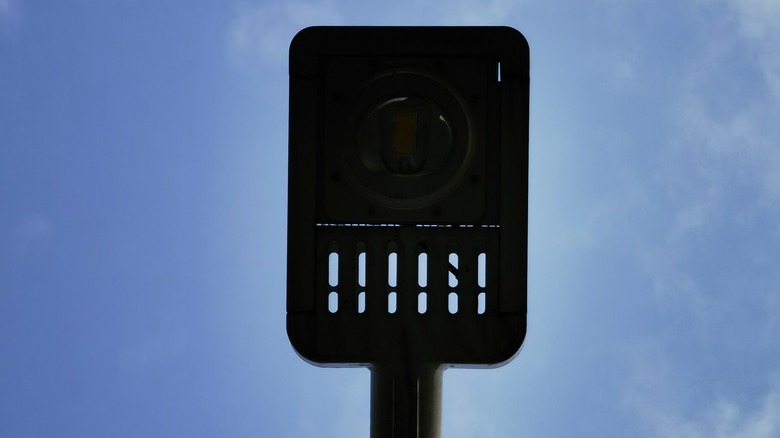Do Ultrasonic Bird Repellents Actually Work?
Pigeons, robins, and other pest birds are often responsible for electrical outages, clogged pipes, or even structural damage to buildings. Additionally, their nests can attract secondary pests that can ruin your garden. One solution is to use ultrasonic bird repellents, but their efficiency is subject to debate. These devices emit high-frequency sounds between 15 and 20 kilohertz (kHz) or higher, which are not detectable by the human ear. Manufacturers claim that birds are sensitive to ultrasonic frequencies and will fly away when exposed to the noise.
Ultrasonic devices are supposed to cause distress in pest birds. Some models allow you to adjust sound frequency settings, depending on the target bird species. Upon installation, they either emit continuous sounds or use varying patterns to prevent birds from getting accustomed to the noise. Generally, it's best to place them in semi-enclosed areas rather than open spaces to avoid wind interference.
The concept behind ultrasonic bird repellents makes sense in theory, but there's not enough evidence to confirm their efficiency. For example, a 2004 study published in Proceedings of the Vertebrate Pest Conference states that birds are not sensitive to sound frequencies above 20 kHz. On the contrary, pigeons and other bird species have shown sensitivity to infrasound frequencies of 20 Hz or lower.
Ultrasonic bird repellents are largely ineffective
Ultrasonic pest control is safe for a bird watcher's yard because it doesn't really do anything. For instance, barn owls are sensitive only to sounds below 12 kHz, whereas the European robin is sensitive to sound frequencies below 21 kHz, according to the study presented in the journal Proceedings of the Vertebrate Pest Conference. Since ultrasonic repellents emit significantly higher sounds, they're unlikely to scare the birds away.
The researchers at McGill University confirm these findings, saying that most animals, including birds, either become accustomed to the noise or simply don't react to it. Laboratory studies, which take place under controlled conditions, may tell you something else, but their results don't translate to the real world where so many variables come into play. Environmental noise, wind, humidity, air temperature, and other factors can influence how birds respond to ultrasonic sound. We also need to consider the device placement and coverage area, which can impact its effectiveness.
Most birds have a similar hearing range to humans, per the journal Proceedings of the Vertebrate Pest Conference. This means that if you can't hear a particular sound, the birds munching on your garden fruit won't hear it either. In the best-case scenario, ultrasonic bird repellents may deter stray dogs, cats, rabbits, mice, rats, and other animals with a higher hearing range than we do.
Are sonic bird repellents a better option?
Sonic bird repellents may seem like a viable alternative to ultrasonic devices. These emit predatory growls, distress calls, and other sounds that birds associate with danger. But once again, what looks good on paper doesn't necessarily work in real life. According to ornithologist Roger Lederer, birds eventually get accustomed to these sounds and stop responding to them. Simply put, you can't outsmart them by placing a sound machine in your garden or on the roof. The same goes for fake owls and other visual deterrents meant to scare birds away.
These pest control solutions may work for a few days but are pretty much useless in the long term. A better option is to install bird spikes or other physical barriers, though most birds will find a way to bypass them. Our advice is to consider the bird species you're dealing with and act accordingly. For example, one of the best ways to get rid of robins is to identify and remove their food sources, such as Japanese beetles. You can also protect the plants in your garden with netting or put mesh screens on the areas where robins build their nests.


